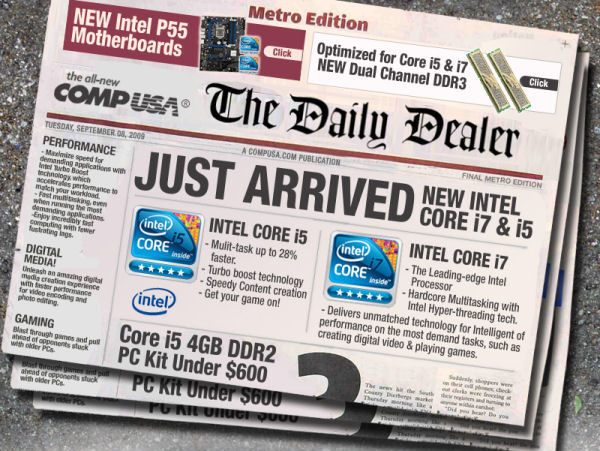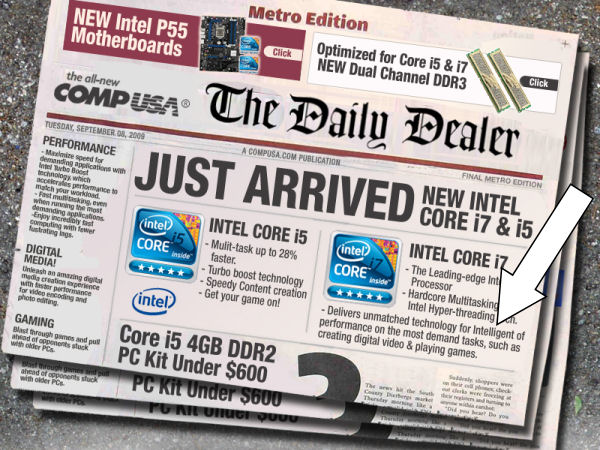I’m a full-time mother at home and very much wanted to start my own business at home were I can support my daughter and still be there.
Answer:
Starting a business while parenting a young child. One very important factor to evaluate when considering starting a business is your personal life chapter. Starting and growing a business requires a tremendous amount of passion, commitment, time and energy. It is, truly, not for the faint of heart or for those who cannot commit most of their time and energy to the endeavor in the beginning phases. Getting a business up and running can easily consume the vast majority of your waking hours for months and months, if not years and years. Balancing that reality with the time and energy demands of a young child is a formula that often adds up to doing neither thing well. It’s very easy to neglegt both the business and the child in an effort to spread yourself between each. Both a young child and a young business are needy, self-centered creatures that are essentially black holes for your personal time and energy: they will take whatever you’ve got and more. While both children and businesses can be tremendously rewarding, they both require sustained investments of high levels of focus, time and energy to be have positive outcomes.
In addition to the time and energy demands of starting a business there is the economic reality. In 2009 the median income for a woman working full time in the U.S. was $36,278 (source: U.S. Census Bureau http://www.census.gov/newsroom/releases/archives/income_wealth/cb10-144.html ). The economic reality of starting a business, especially one that you could run alone from your home while simultaneously caring for a young child, is that you would be very, very hard pressed to generate $36,278 in after-tax profit even after a year or two of operation. For the overwhelming majority of businesses it takes time to get to a point of profitability. In many cases, it can be months or years before you see your first penny of profit. Evaluate the ideas you have for a home-based business and do some basic economic calculations: Sales – cost of goods sold – cost of operations – cost of sales & maketing (advertising, etc.) – financing costs (interest on credit cards or loans) = profit. Do you have any ideas that can realistically come close to $36,278 annually? Can they come close to that while simultaneously raising a young child?





